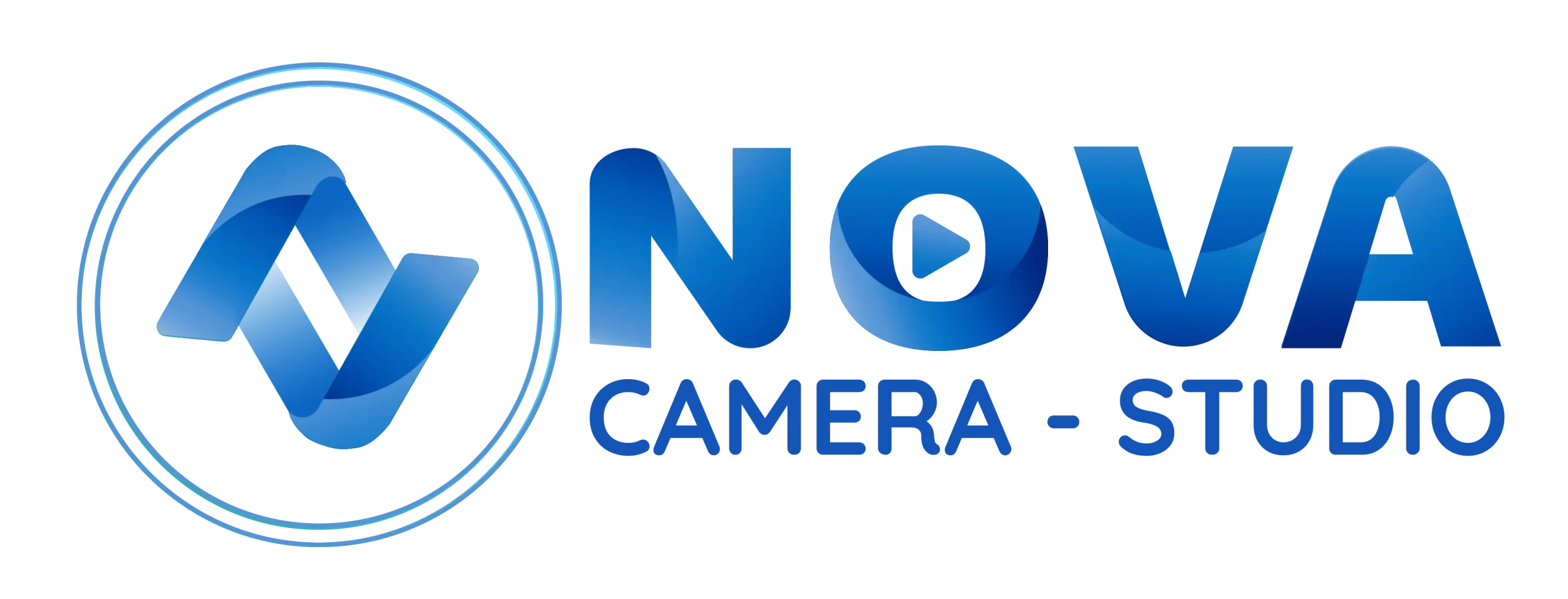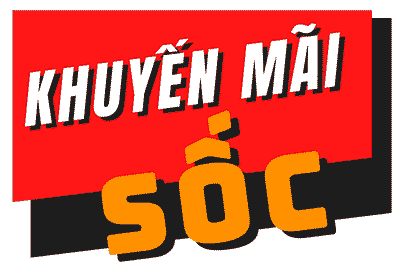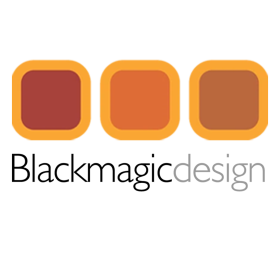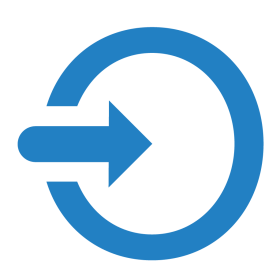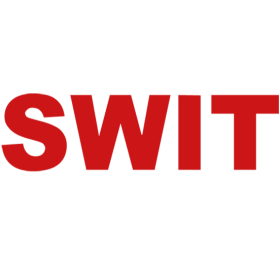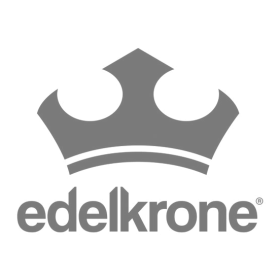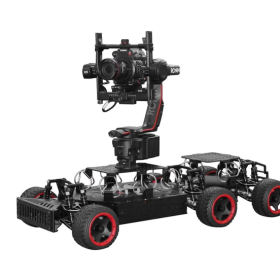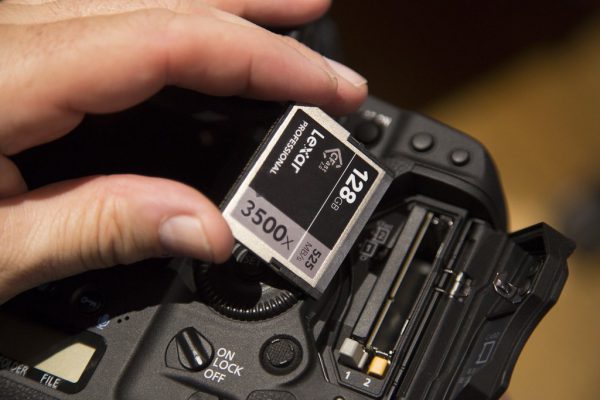The main purpose of a computer system is to process data into information. Data are simply facts or figures — bits of information, but not information itself. When data are processed, interpreted, organized, structured or presented so as to make them meaningful or useful, they are called information.
Therefore data is manipulated through tabulation, analysis and similar other operations which enhance the explanation and interpretation. Temperature readings in a location over multiple years, for example, could be included in a set of data. However, by analyzing and organizing that data, you may be able to discover seasonal temperature patterns or even larger climate trends.
Data vs. Information in Computers
Individual facts are characterized as data, while information is the organizing and understanding of those facts. In short, if you’re looking to turn data into strategic insight, data science is your go-to. If you need to ensure that your systems are running smoothly and securely, IT is indispensable.
What are the 5 differences between data and information?
Data science focuses on analyzing large sets of data to uncover patterns, forecast outcomes, and support strategic decision-making. It relies heavily on statistics, machine learning, and advanced analytics. In the business world, the transformation of data from its raw form to a powerful business tool is quite the process. It all starts with the collection and storage of massive amounts of data in databases and data warehouses, which you can think of as vast storage facilities for digital information. From there, this data undergoes a sophisticated transformation process using techniques such as data mining, machine learning, and statistical analysis.
Examples of data in business
- When data is collated or organized into something meaningful, it gains significance.
- Data can work as a foundational element in any program or processing activity.
- However, when this data is given in the context of the target consumer and the customer’s behavior of purchasing or not purchasing the goods.
- Information can be explained as any kind of understanding or knowledge that can be exchanged with people.
- Continue exploring data and information by learning the differences between a hypothesis and a prediction or a hypothesis and a theory.
In turn, it empowers organizations to transform data into actionable insights that drive strategic decision-making. Data can be defined as an unorganized and raw fact that needs to be processed to make it meaningful. Predominantly, data encompasses observations, characters, facts, images, symbols, perceptions numbers, etc.
How Businesses Can Leverage Data and Information
- Data can be defined as an unorganized and raw fact that needs to be processed to make it meaningful.
- This information empowers businesses to make informed decisions, optimize operations, and develop strategies that drive growth and achieve objectives.
- This measurement may be included in a book along with other data on Mount Everest to describe the mountain in a manner useful for those who wish to decide on the best method to climb it.
- When this data is to be collected, a system or person monitors the daily temperatures and records it.
- Information refers to processed, organized, and structured data.
- Also, in Banking, there is an accountability system for saving, and withdrawing because there is existing data for any such transactions.
When we add context to raw data, we transform it into information, which makes it a lot more useful for making decisions, understanding complex situations, or building new knowledge. Advances in computing technologies have led to the advent of big data, which usually refers to very large quantities of data, usually at the petabyte scale. Using traditional data analysis methods and computing, working with such large (and growing) datasets is difficult, even impossible. Data can be seen as the smallest units of factual information that can be used as a basis for calculation, reasoning, or discussion.
But information is the data that is processed and structured. Information is easy to understand and provides a context for data. We can describe data as the smallest unit of factual information we can use for reasoning, calculation, or discussion. It can range from concrete measurements to abstract statistics. Furthermore, we can categorize data into two main categories as quantitative data and qualitative data. Quantitative data take numerical forms and include prices, weights, temperatures, etc., while qualitative data take a descriptive but non-numerical form.
Learn more tools and terminology re: workplace knowledge
Information is defined as structured, organized, and processed data, presented within a context that makes it relevant and useful to the person who needs it. Data suggests that raw facts and figures regarding individuals, places, or the other issue, that is expressed within the type of numbers, letters or symbols. Data and Information are important concepts in the world of computing and decision-making. Data is defined as unstructured information such as text, observations, images, symbols, and descriptions on the other hand, Information refers to processed, organized, and structured data.
Retail Competitor Benchmarking How Data-Driven Competitive Intelligence Research Can Increase Sales
Whereas data refers to specific statistics, numbers, or graphs, information refers to how those pieces of knowledge are perceived. Data is a raw kind of knowledge that has no meaning or function on its own. In other words, data must be interpreted in order to have significance. Data can be simple or even ineffective until it is examined, organized, and evaluated. Looking ahead, technologies like the Internet of Things (IoT) and advancements in artificial intelligence suggest a future where understanding data isn’t just useful—it’s essential. These innovations are set to change the game in how we collect, analyze, and use data to make smarter decisions faster.
Key Differences Between Data and Information
To gain knowledge, it is essential to apply such information. Data are the facts or details from which information is derived. For data to become information, data needs to be put into context. Knowledge gained by study, communication, research, or education is defined as information. Essentially, information is the product of data analysis and interpretation.
What’s more, this information is available in electronic form – making it easier to consume, share, and spread. As the modern-day adage goes, the world is running on data and information now. Variables, difference between data and information with examples either quantitative or qualitative, that aid in the development of conclusions or ideas.
